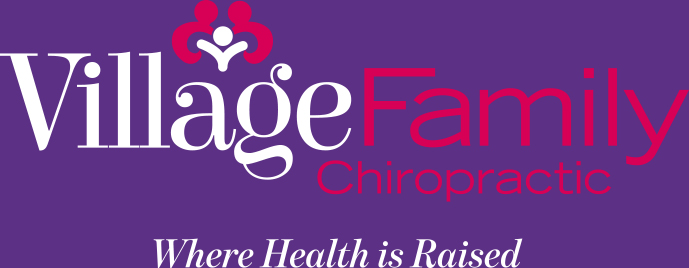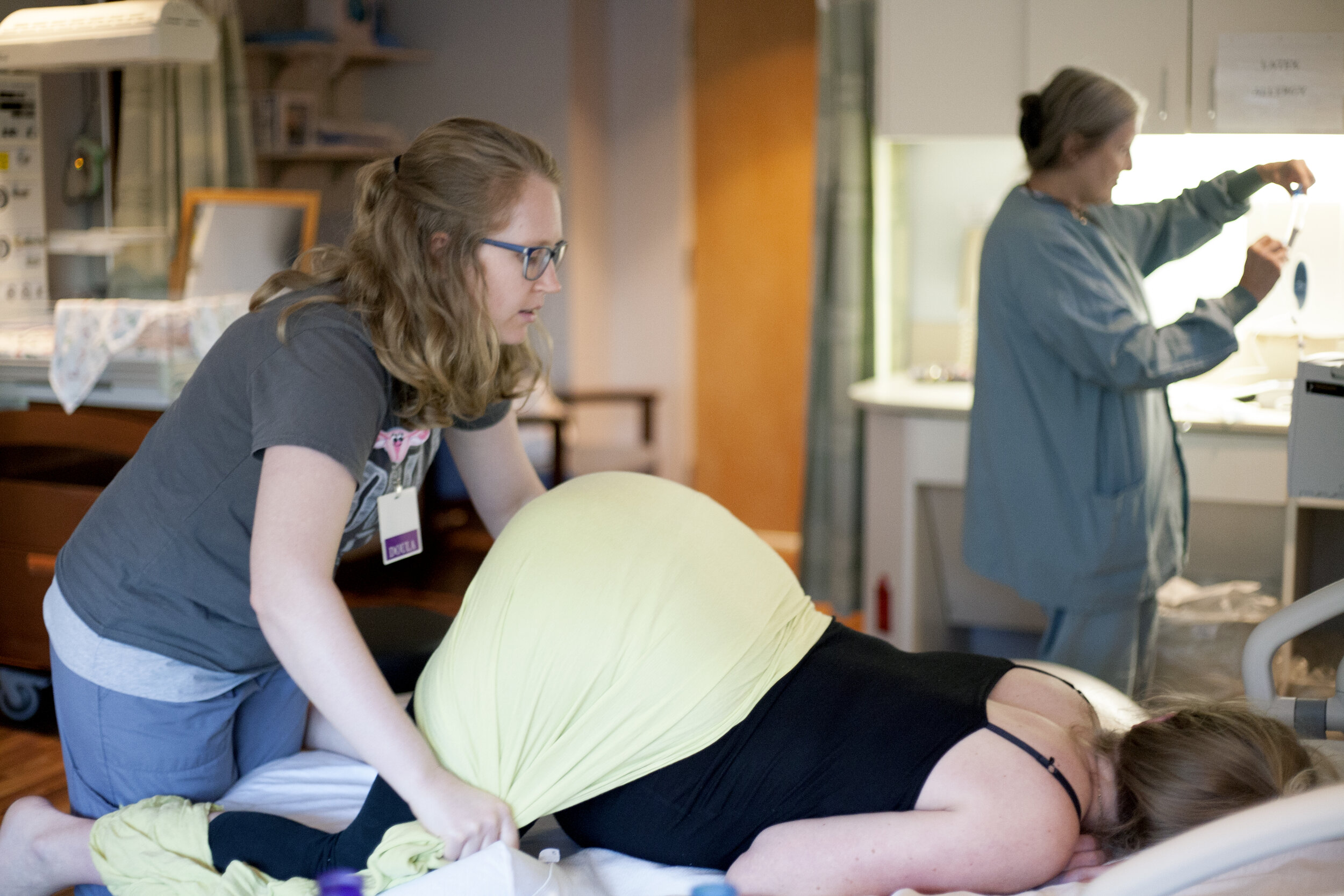Hey Tribe! On The Village Blog I love connecting with professionals in the community to share their knowledge regarding all things health and family related. This week we have Jessica Bower CD (DONA), B.S., M.Ed. with Natural Baby Doulas sharing on great ways to interview for your Doula! And she would know because she is one of the best in the area! Enjoy!
Dr. Kim
If you’re pregnant and considering a hiring a doula, just do it. The benefits of having a doula at your birth are well researched. But how will you know which doula is best for you and your partner? As one of the doulas of Natural Baby Doulas which is based in the triad and as a mother who has hired a doula, I’m happy to give some tips on exactly what you need to ask when hiring your doula.
1. What skills do you bring with you to the birth and what differentiates you from other doulas?
Each doula has their physical doula bag that can include the typical goodies like massage oil, LED candles, essential oils, a rebozo, snacks, perhaps a TENS unit, and more. Ask them about their favorite physical tools to use. But then also ask them about the nonmaterial benefits of their presence. What is their area of expertise? Do they specialize in supporting women desiring an unmedicated birth? Do they have a lot of experience with vaginal births after cesareans (VBACs)? Where do they do most of their births – in hospitals, birth centers, or at home? Do they have experience in the operating room for cesarean births? How do they best support a mother who plans for an epidural? How do they support partners / additional support people during the birth?
2. How much contact do we have during my pregnancy and when will you come to me once I’m in labor?
Basically, how available is your doula to you? And – how much contact do you want to have with her? If you text your doula, how quickly should she respond? If you have a nonemergent need before labor begins, can you chat with your doula over the phone about that? When your labor begins, how much contact will you have with your doula? How far does she live from you and how quickly can she join you? Will your doula join you once you arrive to your birth location or will she meet you in your home? After the birth, can you still contact your doula for support? Does she offer official postpartum doula services if you are interested in that? What other ways does she offer postpartum support?
3. What happens if you can’t come to my birth for some reason? Do you work as a group of doulas?
Do you have a backup doula? Doulas are humans too – and things happen in life. Doulas want to be at your birth, but if the doula is sick or already with another client in labor, she needs to have a plan. Being part of Natural Baby Doulas, I work as part of a group of 4 doulas and we all meet all our clients and support them with the security of that group model. But there are other wonderful models also! If your doula practices alone, who is her backup doula and will you have a chance to meet her or talk to her in your pregnancy? If your doula works in a larger group of doulas but you are assigned to one doula, will you get a chance to meet the other doulas who could be your doula’s backup doula?
4. What is the fee for your doula services and what does it include?
The fee for doula support varies depending on a variety of factors, but if you ask anyone who has had an experienced doula at their birth, it’s incredibly likely that she will say that her doula was worth every penny! It’s important that you feel good about the price you are paying for a service provided on one of the most important days of your life. One way you’ll feel confident is by knowing exactly what that fee includes. How many times will you meet with your doula before and after the birth? Are there additional fees for more contact through the pregnancy? How long will the doula be with you in labor? If your labor is long, are there any additional fees? If a backup doula is used, will there be additional fees? If you would like to hire a postpartum doula, what are those fees?
5. Go with your gut.
The last question isn’t a question. This last part is going with your gut – how do you feel about the meeting you are having with this doula? Do you feel like she fits your needs? Do you feel like she’s both professional and yet personable? Does she have the experience you desire to be in the room when you’re having your baby? Does your partner feel good about this doula?
I hope these questions will help you make the perfect choice when you’re deciding on a doula.
For a list of your local doulas, check out www.triadbirth.com – from there you can visit the doulas’ websites and get a feel for them and some of the basic questions can be answered from reading about them online. Most doulas offer a free consultation to see if their services are a good match for you – reach out to a few doulas and find the support you want for your growing family!















